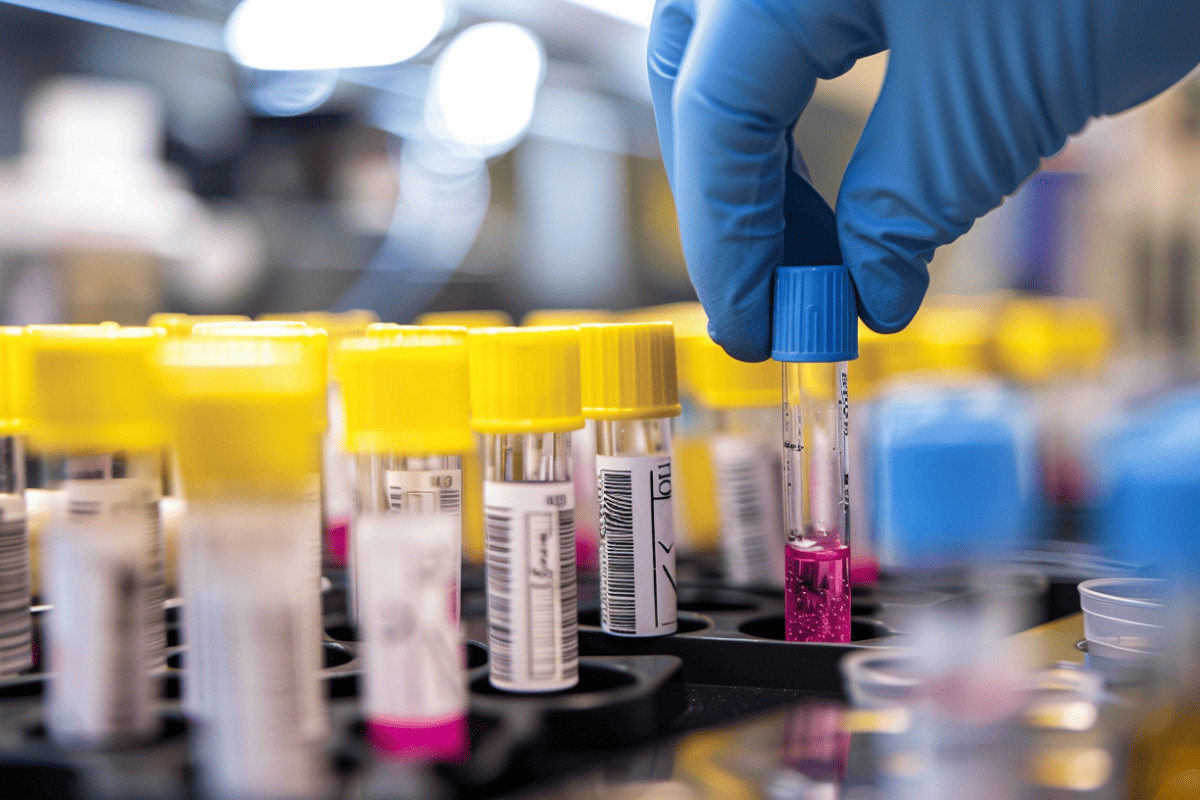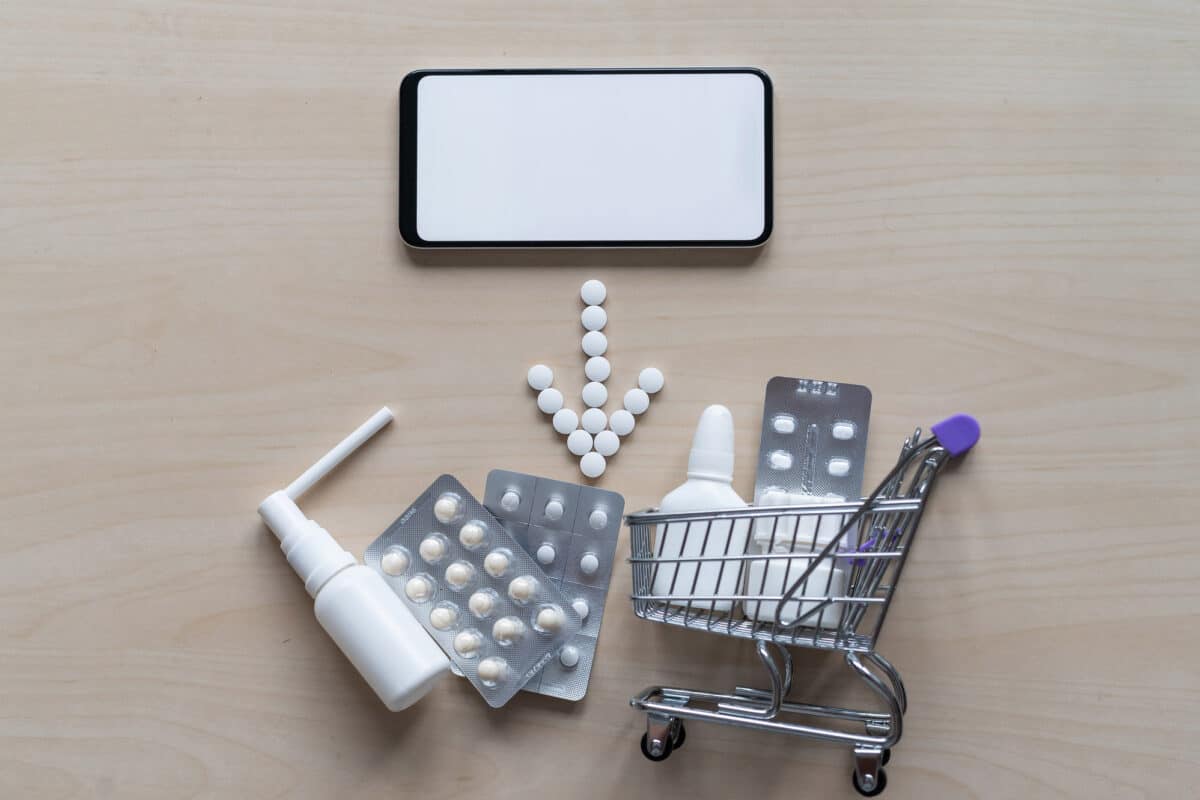Yeast infections are one of the most common fungal infections, especially in women and children. Every woman may experience a yeast infection at least once in her life. About 75% of women are prone to recurrent yeast infections.
Candida albicans is the most common strain of yeast responsible for about 90% of yeast infections. Candida is a fungus-like yeast that generally occurs on the skin and inside the body. A small amount of yeast is good for your health. However, whenever their balance disrupts due to some conditions, they begin to grow uncontrollably and cause yeast infections.
The symptoms of vaginal yeast infections include burning, intense itching, and redness around the affected area. They may also include a thick and white discharge similar in appearance to cottage cheese.
Usually, yeast infections are not dangerous. Your body removes yeast efficiently with proper treatment. However, if yeast infections are left untreated, they can worsen and cause serious health complications. They may enter your bloodstream and affect other organs such as the brain, eyes, heart, and kidneys.
There are various proven home remedies to treat and prevent yeast infections. But many yeast infections cannot be cleared with only home remedies. For the successful eradication of yeast infections, it is recommended to take proper treatment with antifungal medicines. Proper medication with the right nutrition is the best combination to be healthy. You can use probiotics for BV treatment from V-Luxe.
If you are experiencing any of the symptoms above, contact a healthcare professional or Yeast Infection Advisor.
Factors to Look for in Yeast Infection Treatments
Yeast infections are treated with antifungal drugs. These drugs are present in the form of antifungal creams, sprays, lotions, suppositories, ointments, and medicated tampons. They are also available as oral tablets. In addition, over-the-counter creams and prescription medications are available on the market to treat mild to severe yeast infections. They typically require 1-7 days of usage.
Before taking over-the-counter drugs, it is necessary to get a proper diagnosis by your healthcare professional, especially if you have never experienced a yeast infection. Because sometimes, the symptoms of yeast infections may mimic other severe health problems such as bacterial vaginosis and trichomoniasis.
While choosing the right antifungal medications, there are some important factors to consider. They are:
- Key Ingredients
- Forms – Topical or Oral
- Treatment Duration
Key Ingredients
You can quickly get rid of yeast infections by using the right products. Clotrimazole and Miconazole are the active ingredients of OTC or prescription medications. Both ingredients are effective in the treatment of fungal infections. Therefore, while choosing an OTC cream or tablet for yourself, you should look for these ingredients.
Over-the-counter (OTC) creams and other products you use to treat yeast infections come with the same ingredients as the prescribed medications by your healthcare professional but in less-concentrated doses. Your healthcare professional may prescribe additional medications to treat yeast infection symptoms, such as steroids to help ease inflammation and related discomfort.
Benzocaine, a numbing agent, is the active ingredient in the medications used to relieve the symptoms of itching and burning. Sometimes resorcinol and hydrocortisone are also used for this purpose. Mineral oil is another key ingredient for soothing purposes.
Drug Forms
Azoles, a wide class of antifungal drugs, are used in standard medicines for yeast infection. These antifungal drugs inhibit the growth of a wide range of fungal species by damaging the cell membrane of fungi, leading to cell death. Fluconazole is used for oral treatments, and Miconazole is used for topical treatments.
1. Antifungal Creams – Topical Treatment
Miconazole is used for topical treatments to treat yeast infections. All OTC creams must have Miconazole to control yeast overgrowth and relieve your symptoms effectively.
More common OTC or anti-fungal creams are:
- Butoconazole (Gynazole)
- Clotrimazole (Lotrimin)
- Miconazole nitrate (Monistat)
- Tioconazole (Zazole)
Vaginal yeast infections are the most common type of infection caused by Candida albicans. Several vaginal OTC creams are available in the market to treat yeast infections.
Vaginal creams are applied inside the vagina. When you use a vaginal cream, it goes inside the vagina to control the growth of infectious yeast. Such vaginal creams come with an applicator that allows the application of cream more conveniently with a proper dosage.
Some creams are only applied to the area surrounding the vagina to relieve vaginal inflammation and discomfort.
Every OTC antifungal cream may not treat all types of yeast infections. Some OTC creams are effective for skin infections only, such as clotrimazole.
Many OTC creams are formulated specifically to treat vaginal yeast infections only, such as tioconazole ointment, Miconazole, and butoconazole nitrate creams – they work by reducing vaginal itching, burning, inflammation, and discharge that may occur with vaginal yeast infections.
It is recommended to consult your healthcare professional for a proper diagnosis if you are experiencing yeast infection for the first time in your life. However, if you are prone to recurrent yeast infection and can differentiate its symptoms, then opt for OTC creams that your healthcare professional might have prescribed at your first detailed checkup.
2. Oral Antifungal Medications
Oral antifungal medications may be required for a yeast infection if:
- the infection resists topical treatments
- the infection affects the hair-bearing areas (spread vigorously)
- the infection is severe
Antifungal medications in the form of oral tablets are also available on the market. Your healthcare professional prescribes them to control the severity of the infections and treat them.
The choice of the oral antifungal medication depends on the type of fungus, the site of infection, and other underlying health conditions.
Fluconazole (Diflucan) is the most effective prescribed oral tablet for yeast infections. A single dose of medicine is enough to clear yeast infection in most cases. Fluconazole is not considered safe for pregnant women. It may cause harm to the developing baby.
Oral medications always come with mild to severe side effects. For example, fluconazole may cause mild side effects such as rash, diarrhea, upset stomach, and headache. Severe side effects are less common, which may include seizures, swelling, and flu-like symptoms.
Treatment Duration
The duration of treatment is an important factor to look for in yeast infection treatments. In general, the more concentrated the drug (tablet or cream), the shorter the time you have to take it. This is because more concentrated drugs are formulated to treat the infections more efficiently in less time. Sometimes a single dose of concentrated drugs is enough to treat all types of yeast infections.
If the drug is less concentrated, the duration of treatment will be longer. This is because you have to take doses of the less concentrated drugs for the prescribed duration. If you do not take medications for the proper time, your body will not become capable of eliminating the infection, and you will shortly develop the symptoms again.
More concentrated drugs are the best-known drugs to treat yeast infections. These drugs have a higher concentration of active ingredients. High doses are recommended to those who are healthy and less prone to side effects. While less concentrated drugs are ideal for people with other underlying health problems.
It is pretty easy to determine the treatment duration of OTC or prescription medications. You will see a number after the name of the medication, and this number refers to the number of days. So, for example, if your vaginal cream has seven after its name, it should be used for seven days. Similarly, if your vaginal cream has one after its name, it should be used for only one day. So it is a 1–7-day treatment methodology.
Immediately consult your healthcare professional if your symptoms don’t improve after proper treatment, the infection comes back within two months, or you experience more than four infections within a year.
This is a sponsored post
Digital Health Buzz!
Digital Health Buzz! aims to be the destination of choice when it comes to what’s happening in the digital health world. We are not about news and views, but informative articles and thoughts to apply in your business.


